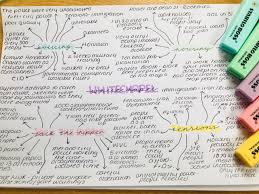Fight or flight response
Cards (8)
- what two areas of the brain co-ordinate flight/fight responses?
- what is the role of the amygdala in fight/flight?
- what is the role of the hypothalamus in fight/flight?
- what are the two types of stressors
- how does the body respond to acute (sudden) stressors?
- what is the body's response to ongoing stressors?
- how do the pituitary gland and the hypothalamus regulate cortisol levels?
- evaluation for fight or flight?
